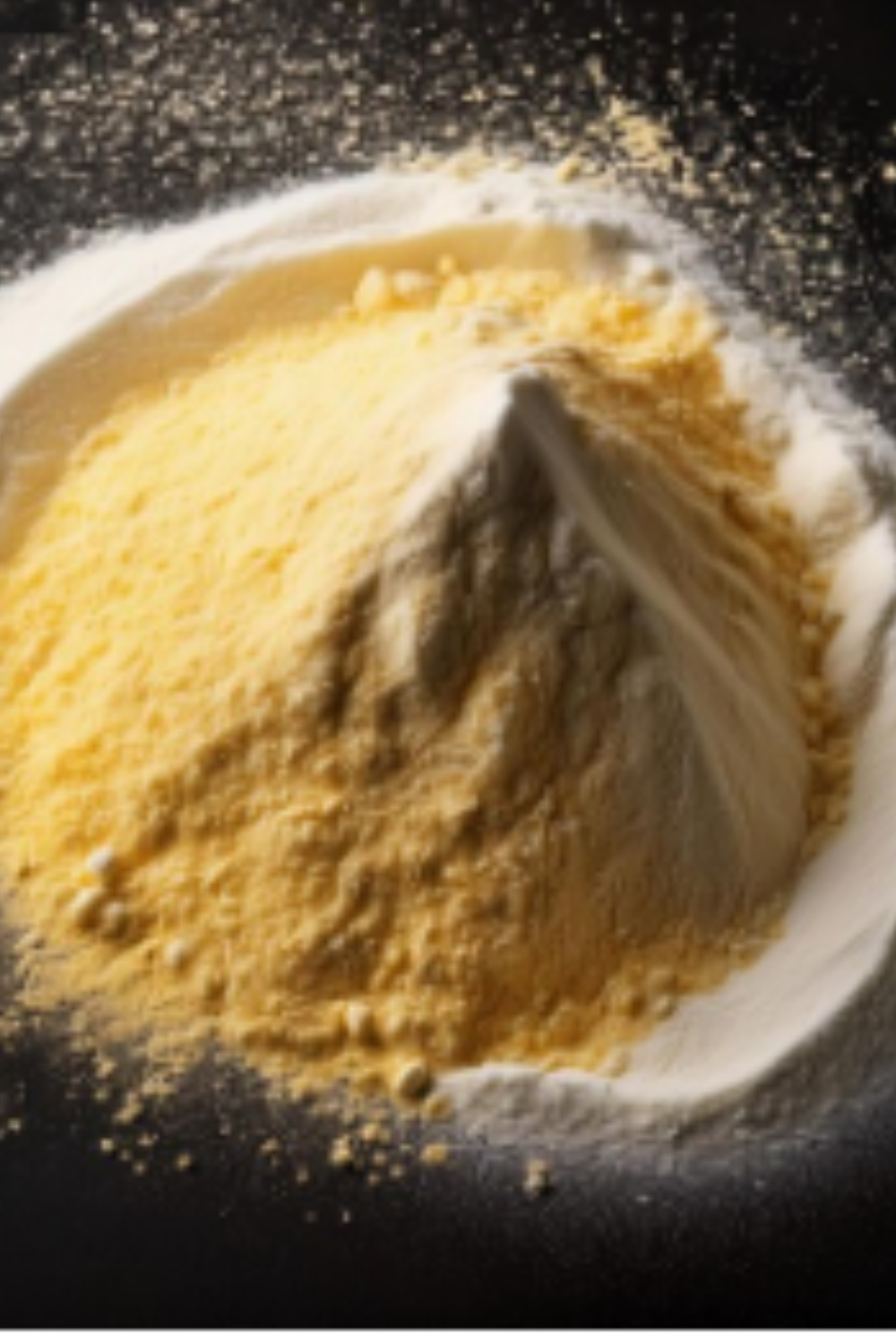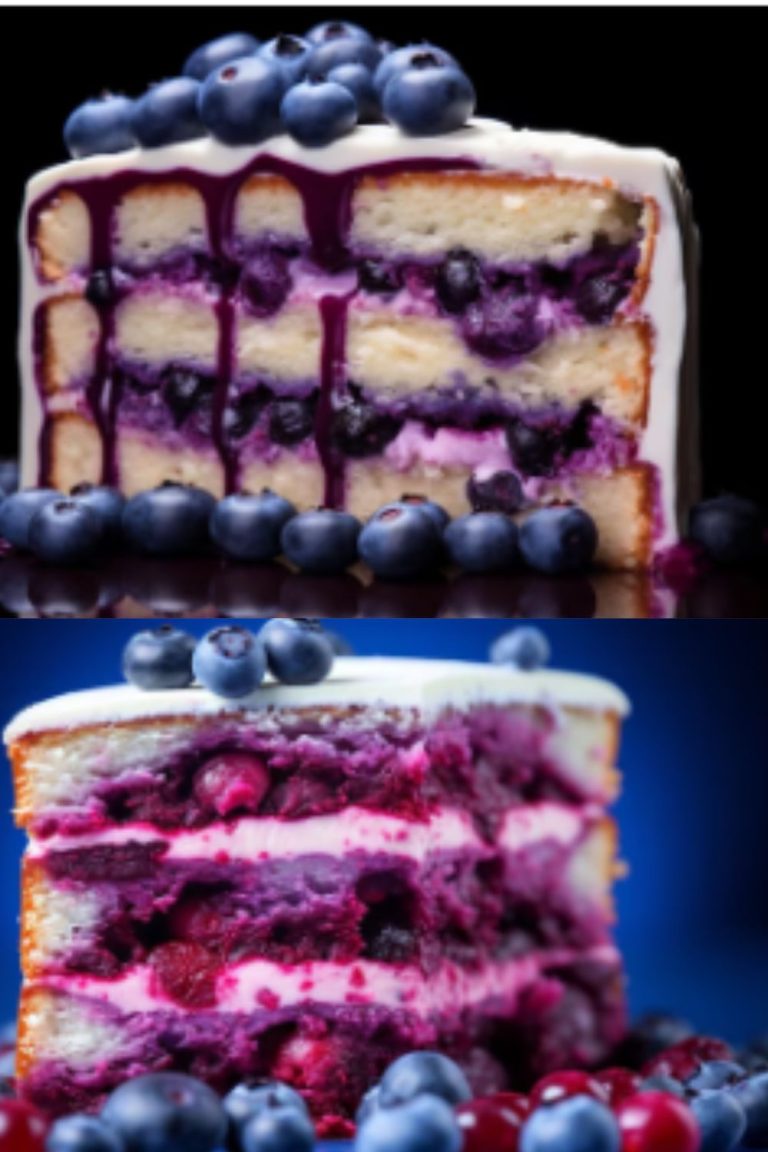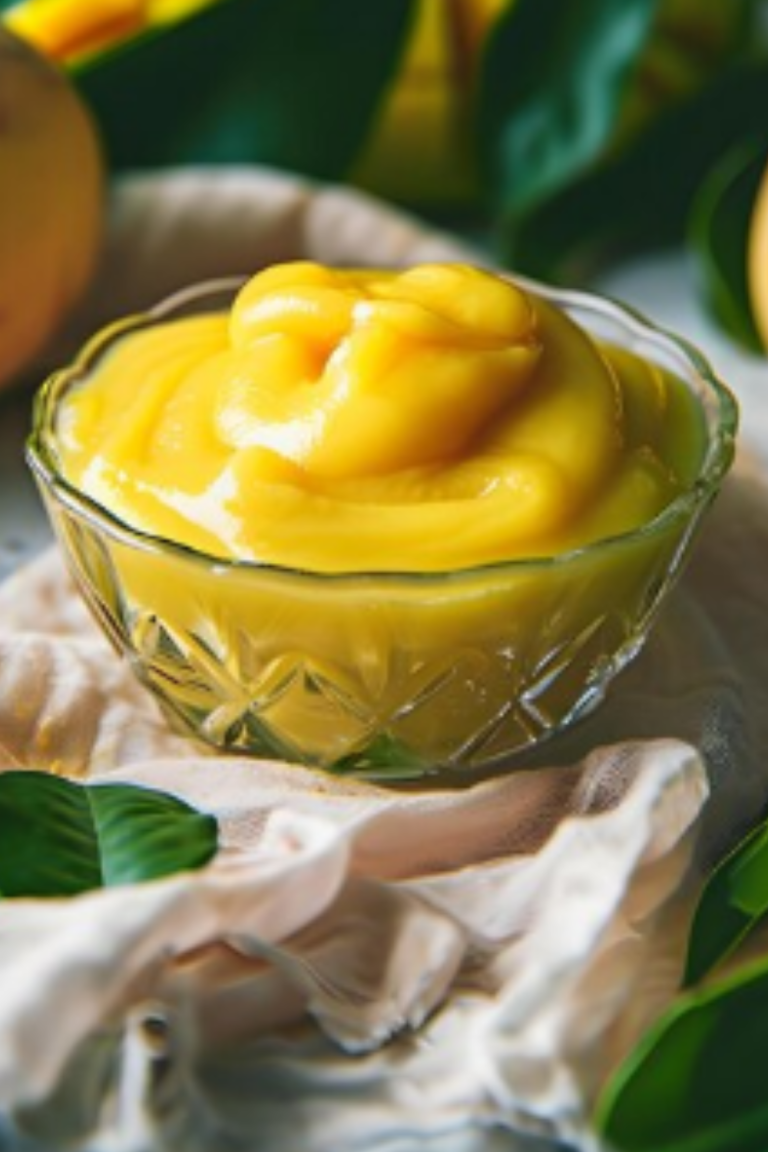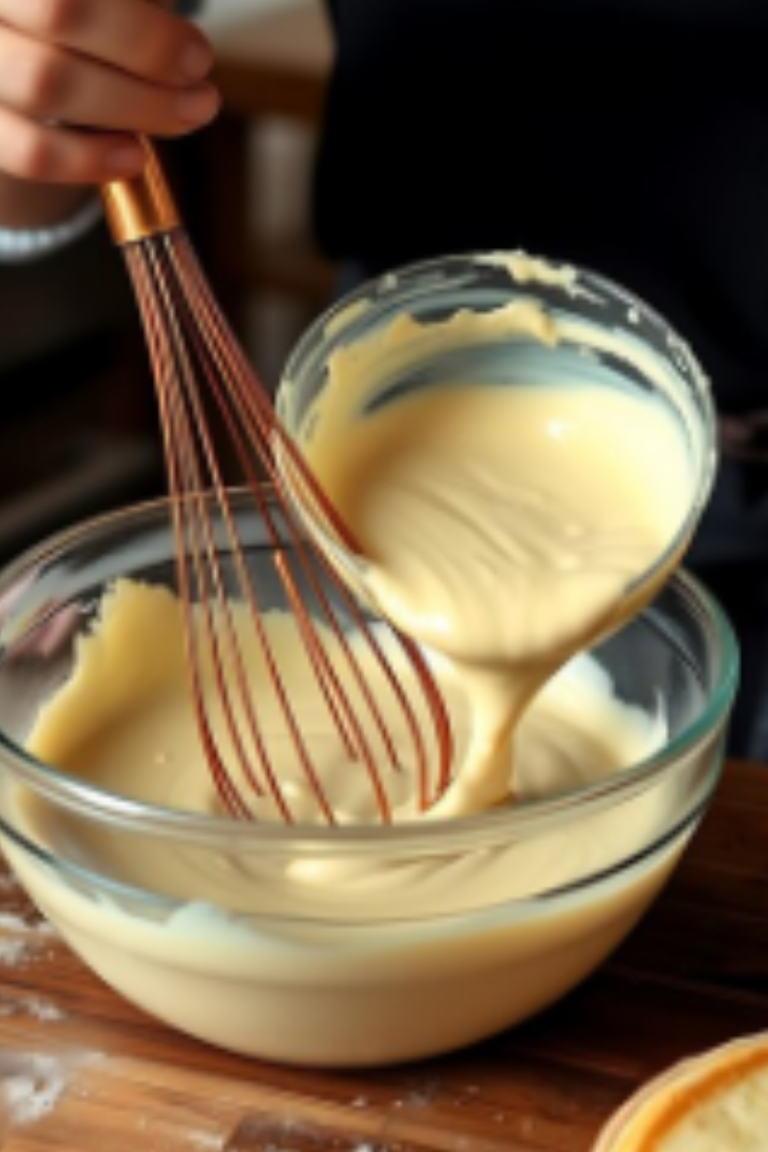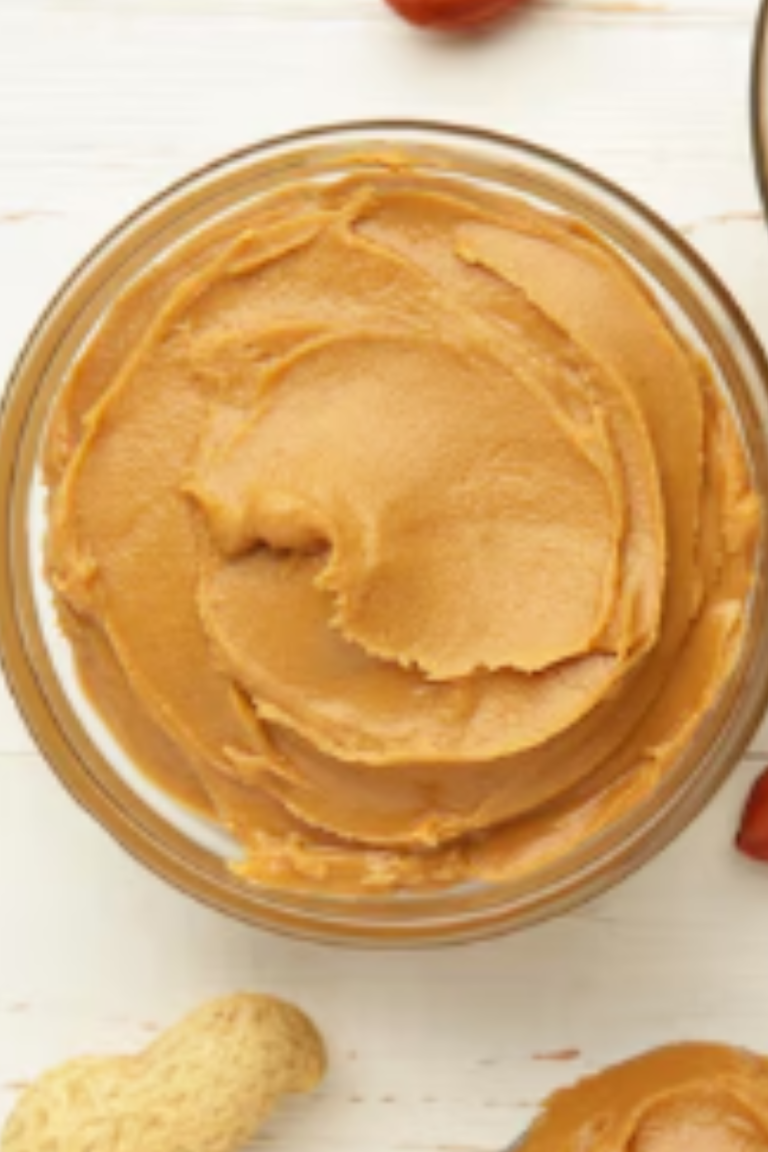CPD: Custard Powder role in cakes Explained
Custard Powder: What’s Its Role in Cakes?
Custard powder is a pantry staple that transforms ordinary desserts into indulgent delights. It’s not just about making custard; this powder plays a crucial role in enhancing the texture and flavor of cakes. Check out the right Custard Powder, and ingredients that you need here.
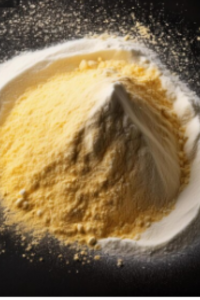
What is Custard Powder?
Custard powder is a blend of cornstarch, flavorings (like vanilla), and a hint of yellow food coloring. Contrary to its name, it doesn’t contain eggs. This powdered mix was originally invented as a convenience food to make custard quickly and effortlessly.
How Does It Work in Cakes?
When incorporated into cake recipes, custard powder acts as a thickener and stabilizer. It enriches the batter, giving it a smooth, velvety consistency. This results in cakes that are moist and tender, with a subtle custard-like flavor that pairs wonderfully with various toppings and fillings.
Its Role in Enhancing Flavor
Beyond texture, custard powder contributes a distinct flavor profile to cakes. Its creamy, slightly sweet taste complements both traditional and experimental cake flavors. Whether you’re making a classic sponge cake or experimenting with unique ingredients, custard powder adds a delightful depth that elevates the overall taste experience. Check out the right Custard Powder, and ingredients that you need here.
Why Choose Custard Powder Over Other Ingredients?
Custard powder offers several advantages over alternatives like cornstarch or additional flour. It not only thickens but also enhances the flavor without overpowering other ingredients. Moreover, it simplifies the baking process by reducing the need for complex custard preparations while ensuring consistent results.
Incorporating Custard Powder into Your Baking
To incorporate custard powder effectively, simply follow your cake recipe and substitute a portion of the flour with custard powder. Adjust the quantity based on personal taste preferences to achieve the desired texture and flavor profile.
custard powder is more than just a thickening agent; it’s a secret ingredient that transforms cakes into luxurious desserts. Its role in enhancing texture, flavor, and ease of preparation makes it a favorite among bakers worldwide. Whether you’re a novice or a seasoned baker, experimenting with custard powder can lead to delightful surprises in your baking creations. Check out the right Custard Powder, and ingredients that you need here.
Drilling Deeper: Comparing Custard Powder with Alternatives
When it comes to baking, the choice of ingredients can significantly impact the final product. Let’s delve deeper into how custard powder compares with alternative ingredients commonly used in cakes.
Custard Powder vs. Cornstarch
- Texture Enhancement: While both custard powder and cornstarch act as thickeners, custard powder adds a smoother texture due to its inclusion of flavorings and a touch of food coloring.
- Flavor Contribution: Custard powder introduces a subtle custard-like flavor, enhancing the overall taste profile of cakes, whereas cornstarch is neutral in flavor.
- Ease of Use: Custard powder simplifies the baking process by eliminating the need for additional flavorings and colorings, making it a convenient option for achieving consistent results. Check out the right Custard Powder, and ingredients that you need here.
Custard Powder vs. Additional Flour
- Moisture Retention: Custard powder helps cakes retain moisture better than additional flour, resulting in softer, more tender crumb structures.
- Flavor Complexity: The addition of custard powder imparts a unique flavor complexity that traditional flour cannot replicate, adding depth to the taste experience.
- Versatility: While flour serves as the foundational ingredient in cakes, custard powder offers versatility by contributing both texture and flavor enhancements without altering the baking process significantly.
Tips for Using Custard Powder in Cakes
- Proportion Adjustment: Experiment with the amount of custard powder used based on personal preferences and desired cake texture. Start with substituting a small portion of flour and adjust accordingly.
- Recipe Adaptation: Adapt existing cake recipes by incorporating custard powder into the dry ingredients. Ensure thorough mixing to distribute the powder evenly for consistent results.
- Flavor Pairing: Consider complementary flavors when using custard powder in cakes. It pairs well with fruits, chocolate, and nuts, enhancing their natural tastes while adding a creamy undertone.
while custard powder shares similarities with cornstarch and flour in terms of functionality, its unique blend of ingredients sets it apart as a superior choice for enriching cakes with both texture and flavor enhancements. Whether you’re aiming for a classic Victoria sponge or experimenting with new cake creations, custard powder proves to be a versatile ally in the kitchen. Check out the right Custard Powder, and ingredients that you need here.
comparison tabular
Below is a comparison table summarizing the key points and considerations when using custard powder versus alternatives like cornstarch and additional flour in cakes:
| Aspect | Custard Powder | Cornstarch | Additional Flour |
|---|---|---|---|
| Texture Enhancement | Adds a smooth, creamy texture due to flavorings and coloring. | Acts primarily as a thickener, providing smoothness. | Provides structure but lacks flavor enhancement. |
| Flavor Contribution | Imparts a subtle custard-like flavor. | Neutral in flavor. | Neutral in flavor. |
| Moisture Retention | Helps cakes retain moisture, resulting in a tender crumb. | Similar moisture retention to custard powder. | Less effective in moisture retention compared to powders. |
| Ease of Use | Simplifies baking with integrated flavorings and colorings. | Requires additional flavorings and coloring if desired. | Standard ingredient, versatile but may require adjustment. |
| Versatility | Enhances both texture and flavor without additional ingredients. | Limited to thickening without additional enhancements. | Basic structural component, versatile but less flavorful. |
| Recipe Adaptation | Substitute for a portion of flour, adjust to taste. | Substitute directly for cornstarch in recipes. | Integral part of recipe, adjust quantities carefully. |
| Flavor Pairing | Complements various cake flavors, adds complexity. | Neutral, does not affect flavor pairings significantly. | Neutral, allows for versatile flavor combinations. |
Key Notes and Considerations:
- Texture and Flavor: Custard powder stands out with its dual role in enhancing both texture and flavor, making it a preferred choice for cakes where a creamy, custard-like taste is desired.
- Moisture Retention: Compared to cornstarch and additional flour, custard powder helps cakes retain moisture better, resulting in a softer and more tender crumb.
- Ease of Use: Custard powder simplifies baking by eliminating the need for additional flavorings and colorings, enhancing convenience and consistency in recipes.
- Versatility: While cornstarch and additional flour are versatile in their own right, custard powder offers a unique advantage with its flavor-enhancing properties, making it ideal for adding depth to various cake recipes. Check out the right Custard Powder, and ingredients that you need here.
FAQs on Using Custard Powder in Cakes
Q: What exactly is custard powder made of?
A: Custard powder typically consists of cornstarch, flavorings such as vanilla, and a hint of food coloring. Despite its name, it does not contain eggs.
Q: How does custard powder enhance the texture of cakes?
A: Custard powder acts as a thickener and stabilizer, contributing to a smoother and creamier texture in cakes. It helps retain moisture, resulting in a softer crumb.
Q: Can I substitute custard powder with cornstarch or additional flour in cake recipes?
A: While you can substitute custard powder with cornstarch or flour to some extent, custard powder offers unique flavor enhancements that these alternatives do not provide. It’s best used in recipes where a subtle custard-like flavor is desired.
Q: How much custard powder should I use in my cakes?
A: The amount of custard powder used can vary depending on the recipe and personal preference. Generally, you can substitute a portion of the flour with custard powder. Start with a smaller amount and adjust based on the desired texture and flavor.
Q: Are there any specific flavor pairings that work well with custard powder in cakes?
A: Custard powder pairs well with a wide range of flavors, including fruits like berries and tropical fruits, chocolate, nuts, and even spices like cinnamon. It adds a creamy undertone that complements these flavors beautifully. Check out the right Custard Powder, and ingredients that you need here.
Final Words
Incorporating custard powder into your cake baking not only enhances texture but also introduces a delightful custard-like flavor that elevates your creations. Whether you’re baking a simple sponge cake or experimenting with complex recipes, custard powder offers versatility and convenience. Remember to adjust the quantity based on your taste preferences and recipe requirements. With custard powder, you can transform ordinary cakes into decadent treats that will impress your friends and family.

Hi!
I’m Mike, the creator of Forum Foodies. In my own personal experience, understanding ingredients is key to great cooking.
Forum Foodies offers guides on various ingredients, from staples to exotic finds. Join our community, share your experiences, and learn from fellow food lovers.
Have questions or suggestions? Email me at info@forumfoodies.com. Let’s embark on this delicious adventure together.
Happy cooking.
Mike/
Related Posts
- YP: Yogurt Powder role in cakes Explained
In this topic, I'm going to talk about yogurt powder and its role in cakes,…
- LCM: Lemon Custard Mix role in cakes Clarified
In this topic, I'm going to talk about LCM - Lemon Custard Mix in my…
- GP: Grape Powder role in cakes Clarified
In this topic, I'm going to talk about grape powder and its role in cakes,…
- HP: Honey Powder role in cakes Clarified
In this topic, I'm going to talk about Honey Powder and its role in cakes,…
- ICM: Instant Custard Mix role in cakes Clarified
In this topic, I'm going to talk about the role of Instant Custard Mix (ICM)…
- ECM: Egg Custard Mix role in cakes explained
In this topic, I'm going to talk about Egg Custard Mix (ECM) in my own…
- CBP: Cornbread Powder role in cakes Clarified
In this topic, I'm going to talk about CBP - Cornbread Powder, sharing insights from…
- DMP: Double Milk Powder role in cakes Clarified
In this topic, I'm going to talk about DMP - Double Milk Powder in my…
- ECM: Egg Custard Mix role in cakes Clarified
In this topic, I'm going to talk about the essential ingredient known as Egg Custard…
- SCP: Soya Cream Powder role in cakes Explained
In this topic, I'm going to talk about SCP - Soya Cream Powder in my…
- DMP: Dry Milk Powder role in cakes Clarified
In this topic, I'm going to talk about Dry Milk Powder (DMP) and its role…
- IRP: Instant Rice Powder role in cakes Explained
In this topic, I'm going to talk about Instant Rice Powder (IRP) and its role…
- FCP: Fresh Cream Powder role in cakes Explained
In this topic, I'm going to talk about Fresh Cream Powder (FCP) and its role…
- DCP: Dark Cocoa Powder role in cakes Explained
In this topic, I'm going to talk about DCP - Dark Cocoa Powder in my…
- AM: Amaretto role in cakes Explained
In this topic, I'm going to talk about Amaretto and its role in cakes In…

